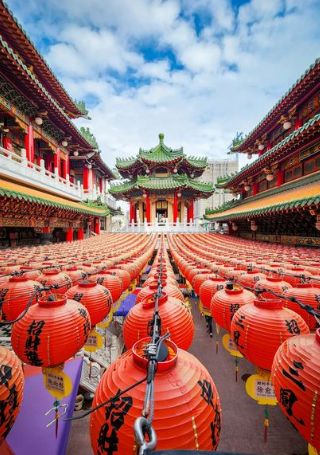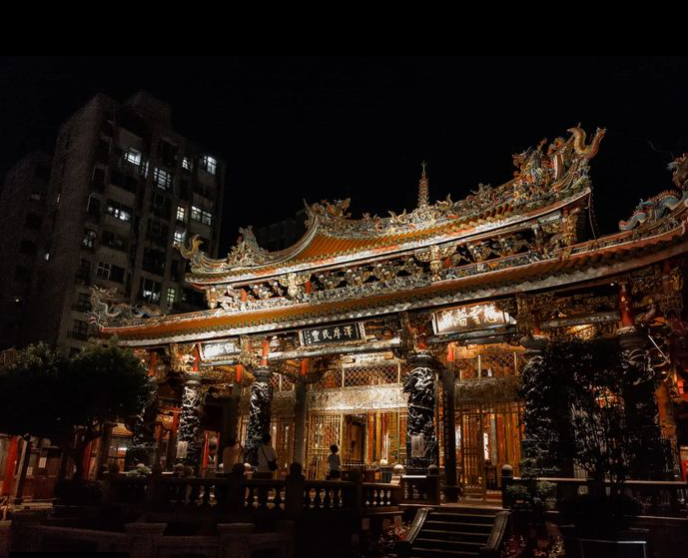
Taiwanese temples can be dedicated to Taoist, Buddhist or Confucian beliefs, and often times multiple faiths (and deities) coexist peacefully under one roof. For travellers who want to try out the authentic way of praying, aka bye-bye (拜拜)/ bai-bai, a few handy instructions on things will be shared in the following.

Table of Contents
Toggle
Entering and Exiting 
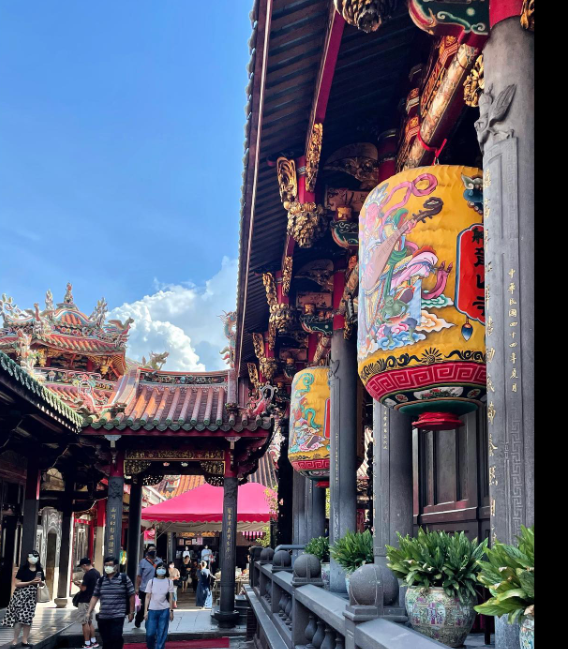
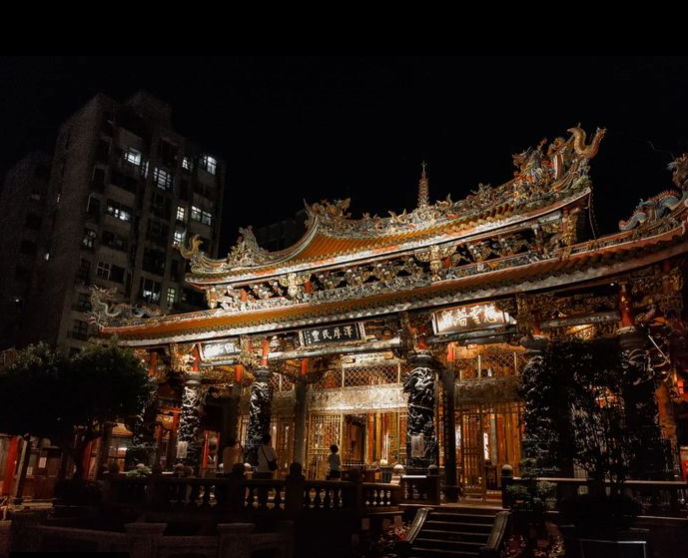
You are supposed to enter a temple’s main hall through the entrance on the right, aka the dragon gate.
Then exit on the left, aka tiger gate. Do not enter with the tiger mouth/gate (入虎口), it brings bad luck.
Also, never walk through the entrance in the middle, which is reserved for the gods!
Make sure to step over the wooden threshold instead of on it while passing through the gates.
Light up the Incense 
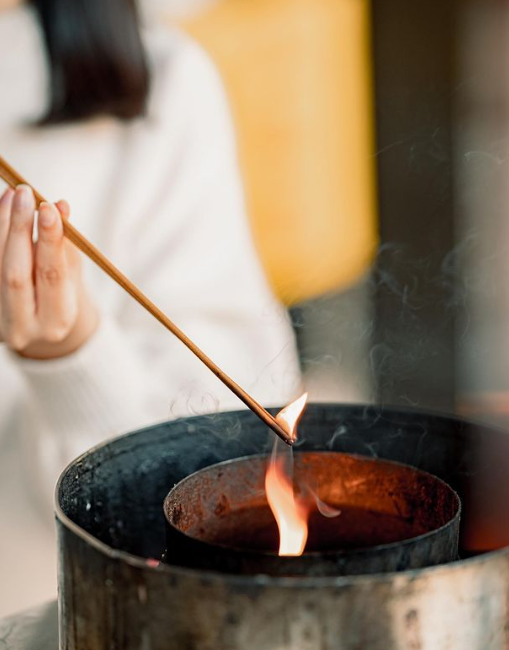
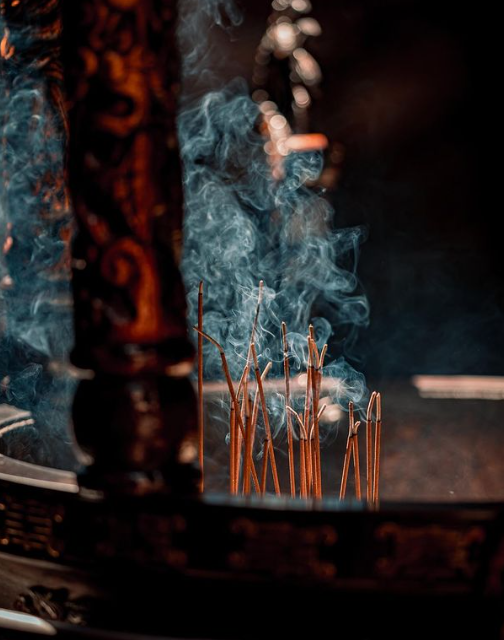
The most basic way to bai-bai is to put your hands together.
Alternatively, take 3-6 of incense and light up. Depending on which temple you are going to, sometimes it will be 3 or 6.
If you like, you could also take 1 package of God’s money, which can be put on the desk in front of a deity and later burned in the golden stove outside the temple later after the praying and divination blocks.
Which God First? 
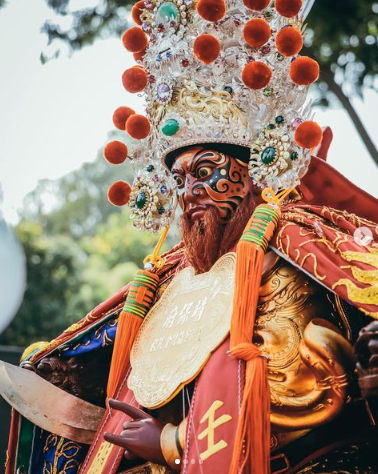
There is a hierarchy to be observed when intending to pray before several different deities.
The highest-ranking god is the Sky God- Jade Emperor (玉皇大帝/天公), so remember to pray in front of his censer first.
Face the incense burner which means you’ll be facing outside the temple; after praying (a bow to the sky), put 3 of the incense into the burner (You can put one or more incense sticks into a censer, but make sure it’s an odd number).
Next up, now facing the statues inside the temple, is the main deity of the temple, for example, Mazu (馬祖) or for another instance, the main god- Guanyin (觀音) of the Longshan Temple at the main hall located at the centre of the temple.
The main god is whom you can say a prayer or ask questions. After worshipping and throwing the moon blocks (Jiaobei 茭杯) to get answers, put 3 incense into the burner.
Then it’s on to the altars to the side of the main deity, and to other gods in side chambers, the back hall, and other floors.
Longshan Temple for example: go to the rear hall, pray to follow a sequence from right to left: Huatuo Hall (華陀, God of Health or Medicine), Wenchang Dijun Hall (文昌帝君, God of Culture, Literature & Exam), Tianshang Shengmu Hall (天上聖母, God of Peace), Guan Sheng Di Jun Hall (關聖帝君, God of Wealth) and Yuelao Hall (月老, God of True Love).
The Moon Blocks (Divination Blocks) & the Bamboo Sticks Lots 
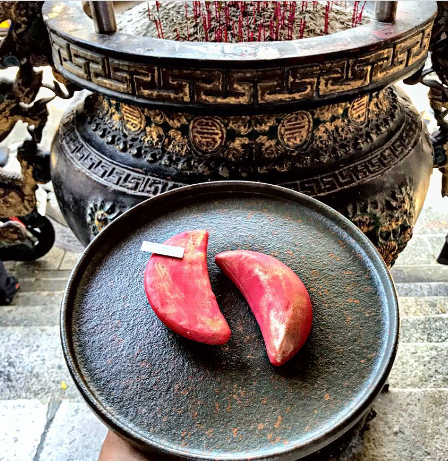
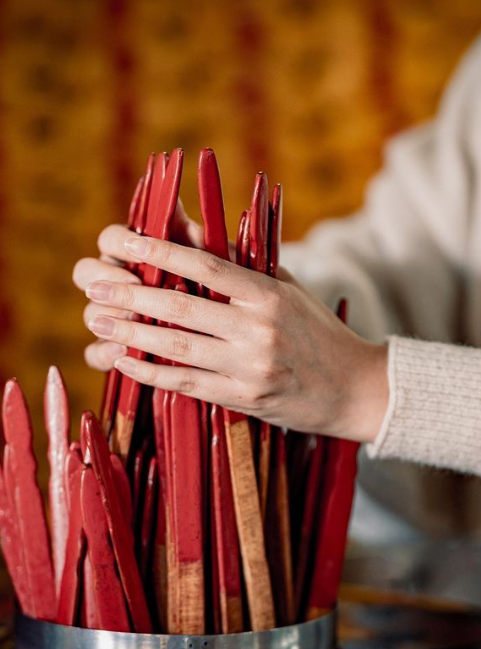
For people who seek divine guidance for important decisions, after stating the request in their prayer (Introduce yourself by silently giving your name, the place you live, your birthday, and then proceed with making a request.), by throwing two crescent-shaped blocks (jiaobei筊杯) on the ground in front of a deity, they can get three possible outcomes:
- Xiaojiao (笑筊):
If the two blocks land on the ground with both flat sides facing up, it means the god is “laughing” and is not answering the question, yet. Throw the blocks again. - Yinjiao (陰筊):
If both curved sides face up, the answer to the question is “No.” - Shengjiao (聖筊):
If one block’s flat side and the other one’s curved side face up, the answer is “Yes.”
In this case, take one of the bamboo sticks from the draw lots and ask again: Is this bamboo stick correct? Then do the divination blocks again:If it’s Yes:
You’ll have to try another two times YES IN A ROLW. If you fail to have 3 YES in a row, retake another stick.
After throwing 3 YES in a row, take your bamboo sticks and find the same numbers in the Chinese fortune sticks box. You can get the answers through this fortune note; if can’t understand, there are professionals in the temple who can explain to you (解籤室).If it’s No:
Change the sticks, and ask again.If it’s Smile:
Ask again until Yes or No.
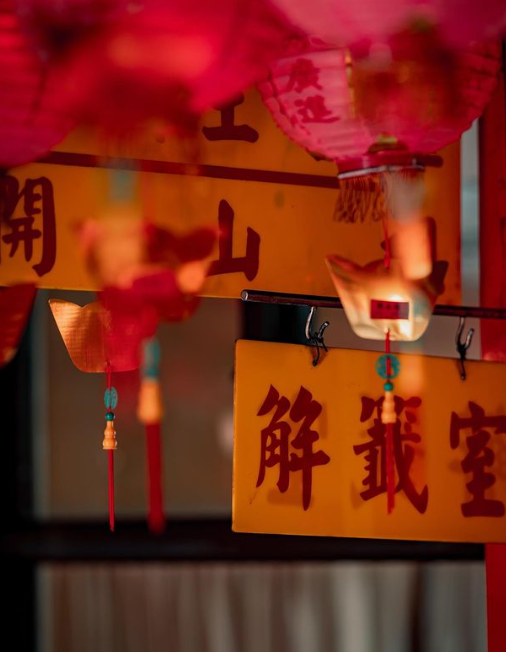
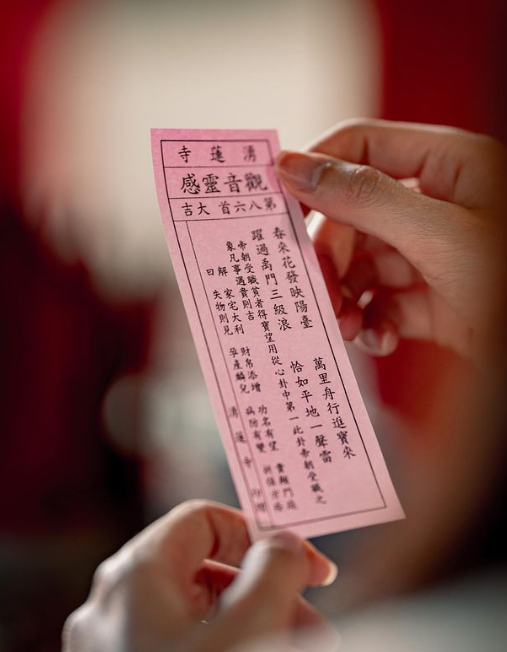
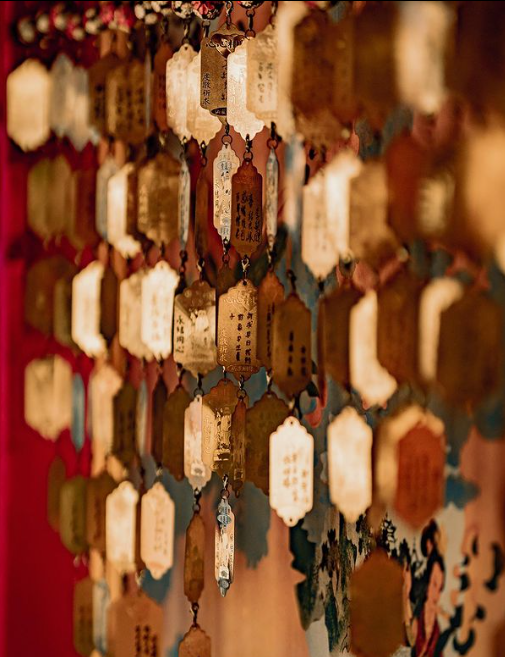
Temples function as community centres in Taiwan.
They provide gathering space to worship, courtyards for tranquillity and reflection, and for the community to celebrate the joys of life together.
Now go and enjoy the feeling of praying in a temple in Taiwan!
